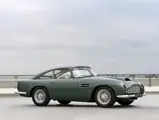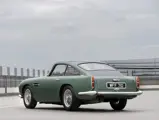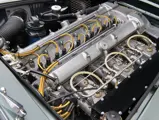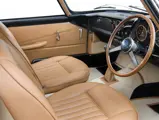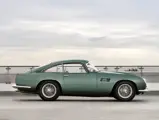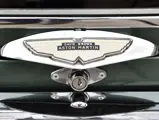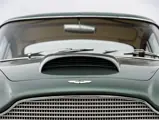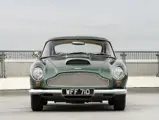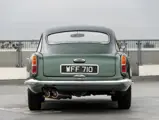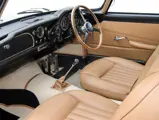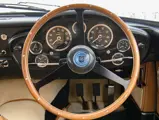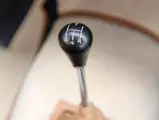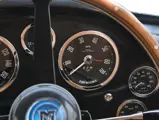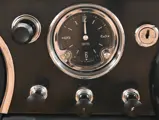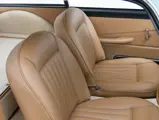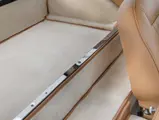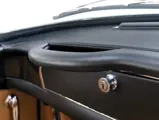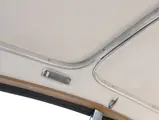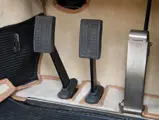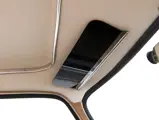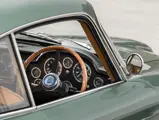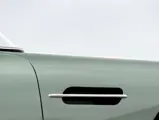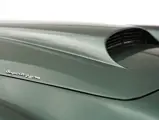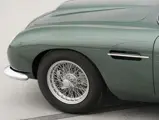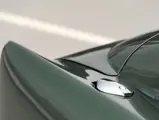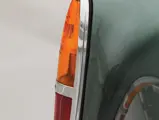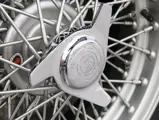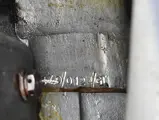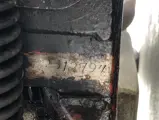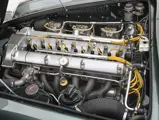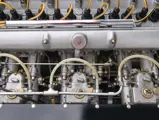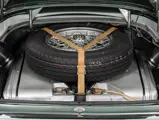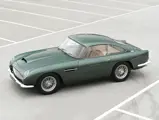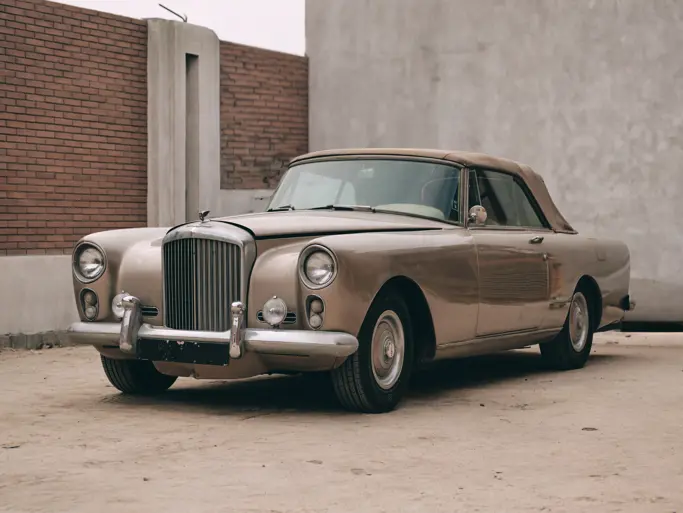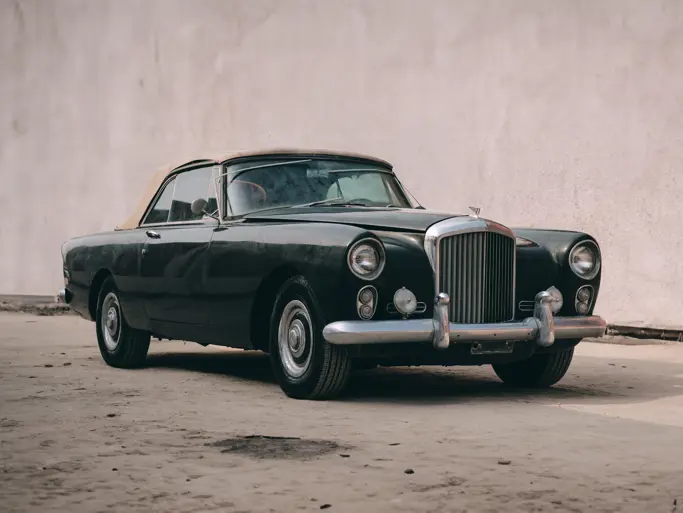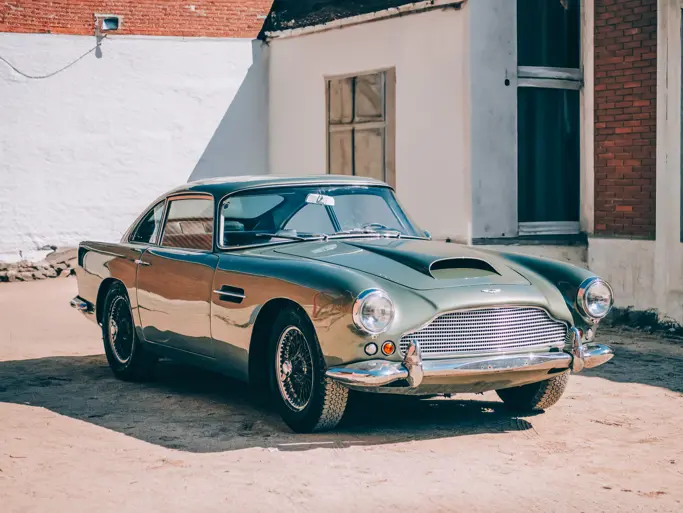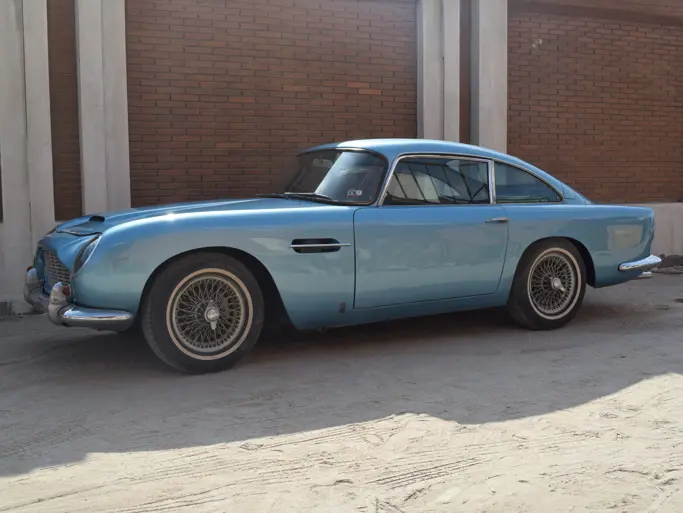Monterey 2019
1961 Aston Martin DB4GT
{{lr.item.text}}
$3,000,000 - $3,400,000 USD | Not Sold
 | Monterey, California
| Monterey, California
{{internetCurrentBid}}
{{internetTimeLeft}}

- One of only 47 right-hand-drive examples
- Detailed and documented history since new
- Aston Martin–installed in-period ex–Stirling Moss engine
- Restored by Aston Martin Works in 2017–18
- An exceptional DB4GT in every regard
When, in 1958, Aston Martin announced the DB4, it was certainly the world’s most advanced GT car. But with racing running deep in the veins at Aston Martin, a track version of the DB4 was conceived six months before the DB4 was even to be announced. The vision was to create a gentleman’s GT racing car that would allow the owner to enjoy competition success and help build Aston Martin’s reputation on the track.
At the launch of the DB4 in Paris, the local distributor also urged Aston Martin’s general manager, John Wyer, to build a racing version of the DB4. Clearly there would be demand, and so work continued on designing the DB4GT, with Harold Beach on the chassis and Ted Cutting behind the engineering. Wyer told Ted to “cut five inches out of a DB4 and produce a cheap and cheerful GT car.” The shortening by five inches was in the doors, thus keeping Touring’s fine Superleggera lines largely untouched but also adding a real sense of purpose.
Ted Cutting (who also designed the DBR1) considered that “the DB4GT was in fact a return to the specification of the 1950 DB2. That is, a long-distance, very fast, two-seater grand touring car.” The DB4GT was designed with just two seats and a luggage platform in the rear. The doors were lightweight aluminum, and the boot was occupied by a 30-gallon fuel tank and the spare wheel on top. The engine was uprated with a twin plug head and triple 45 DCOE4 Webers. A front oil-cooler scoop was added, and the car ran on Borrani light alloy wheels with twin circuit Girling brakes. The changes to Touring’s DB4 design were all performed at Feltham, though the closed-headlight design was done at Newport Pagnell.
The DB4GT, with its higher compression ratio of 9:1, larger inlet and exhaust valves, and uprated camshafts, had a claimed output of 302 bhp at 6,000 rpm. The DB4GT could reach 60 mph in just over six seconds, and a quarter of a mile distance reached from a standing start in 14 seconds, hitting a speed of 98 mph. The top speed was just over 150 mph.
The prototype, DP199/1, first ran in March 1959. The first public showing of DP199 was at Silverstone in May 1959. Stirling Moss put the car on pole position, won the race, and set a lap record in doing so. For the car to be accepted for the race, John Wyer had to sign an undertaking that the prototype would go into production, and Wyer was happy to do so! DP199 also made the DB4GT’s only Le Mans appearance in 1959. In 1960, DP199 was tested at MIRA by Reg Parnell, who famously took the car from 0 to 100 mph and back to 0 again in 20 seconds—an astounding feat in the day.
Press reaction after the launch was very positive. Dennis May drove DP199 and wrote in Car and Driver, “It does our English ego good to doubt whether this Englishman’s car is in much danger of having its feat eclipsed by foreign rivals of comparable rating. Or any rating.”
Aston Martin would go on to build 75 DB4GTs, plus 20 Zagatos. Sixty percent were right-hand-drive cars. Eight of the DB4GTs were built at Feltham to lightweight specification. The most famous of these cars were the Equipe Endeavour Tommy Sopwith car, driven by Stirling Moss and Jack Sears, and the two Essex Racing Stable cars, 17 and 18 TVX. These cars were raced with success by Innes Ireland and Roy Salvadori.
Today the DB4GT is acquiring increasingly mythical status and is seen and enjoyed as one of the most important and impressive post-war Aston Martins. Not bad, given John Wyer’s almost throwaway line to shorten a DB4! It should be viewed as a genuine peer of the 250 SWB Ferrari but with added English élan.
DB4GT/0162/R was delivered in its original colors of white over grey interior on 6 June 1961 via Ken Rudd’s Brooklands Motors in London to the first owner, the notable British artist Ralph Maynard-Smith, who was famous for his fine contemporary paintings. He passed away in 1964 at a young age, and the car went back to Brooklands Garage, who sold it to David Harris later that year. It was acquired by David Williams in 1967. He was a very enthusiastic owner and rapid driver, as his son Roger recalled vividly. After much hard and fast driving, the car developed a significant engine problem. It was taken to the factory at Newport Pagnell; luckily, Williams was a personal friend of the Aston Martin Service Manager, Dudley Gershon, who gave very favorable terms for the repair of the car. In fact, Gershon went further. Rather than try to repair the engine, it was replaced by one that was “on the shelf” and in a reconditioned, ready-to-go state. The total cost of the engine was a mere £352. The installation is fully documented.
However, that replacement engine, no. 370/0124/GT, also happened to have been removed earlier from the ex–Equipe Endeavour Stirling Moss lightweight, DB4GT/0124/R. This was a competition department-built engine with immense success behind it in the hands of Stirling Moss and Jack Sears. In fact, the car won almost every race that it entered. The factory also fitted a new chassis plate with the correct matching engine number to complete the installation. Not surprisingly, this engine was more powerful and very well set up—doubtless Mr. Williams was delighted with such an engine fitted in his car. Williams enjoyed the car hugely but passed away in 1978, after which it went to David Saunderson, a noted Ford Dealer proprietor in Kent, England, who paid £5,000 for the car. In 1981 Saunderson entrusted it to Aston Martin Newport Pagnell for chassis remedial work and a color change to dark blue.
In 1996 the car was sold via Classic Lines in the UK to Japan. The first Japanese owner had the car repainted in Aston Racing Green and re-trimmed in tan leather at Brescia restorations in Tochigi. The final Japanese owner was the well-known movie actor Toshiaki Karasawa. On a visit to Japan in 2012, ‘0162’ was acquired by David Clark and returned to the UK.
The current owner bought the Aston in April 2016, but not long afterwards it would return once more to Newport Pagnell for an important role. Aston Martin in 2016 embarked on the production of a further 25 DB4GT “continuation cars,” and 0162 was loaned to the Works for a year as the reference car to help Aston Martin achieve the authenticity they desired for the new cars. This DB4GT was deemed a very fine example and ideal to help the Works team build the new cars to the highest standards. DB4GT/0162 was extensively dismantled, and in its reconstruction, it benefitted from a Works repaint in Racing Almond Green and re-trim in Connolly hide. Since then the car has been maintained by Desmond Smail and is in very fine order. Chrome is excellent, and the bumper fit is good all-around. All the other brightwork is in very good condition and of original type.
Most recently, the car was driven and assessed by noted Aston Martin expert Stephen Archer: “This DB4GT is quieter than many DB4GTs, a function of a good exhaust system and a smooth, well-set-up engine and no running-gear noises. The steering is very precise, and out on the open road, the car drives superbly, with an engine that feels quicker than a standard 3.7 DB4GT, as one might expect with an engine with its history. The brakes have all the feel and strength of GT brakes. The GT sits well and feels taut with no bumps or rattles.
“The handling is very good with excellent body control and responses. It currently runs on Avon radials, which are very good tires for this car. The wheels are the correct painted Borranis with the right type of domed Borrani knockoffs. This DB4GT has clearly been very well looked after and maintained in highly authentic condition, and has a really nice, fresh interior using all the right period materials. The car retains its original keys—a small but nice symbol of how well the car has been kept.”
DB4GT/0162 is a wonderful Aston Martin with a fascinating history and an example that without fault looks, feels, and drives as a DB4GT should. In this regard, 0162 can be acquired without reservation.

